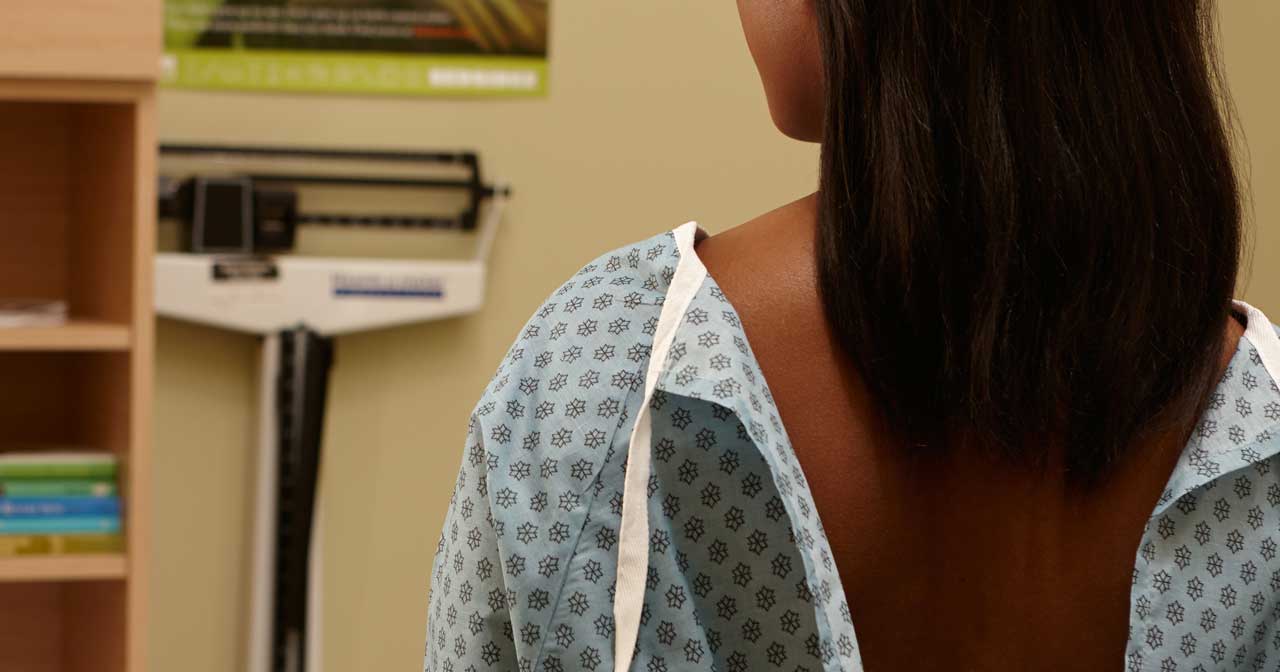-
By: health
-
July 15, 2011
The emergency contraceptive that keeps going… and going…
I’ve written before about our best-laid plans for having protected sex gone awry … It’s pretty common. For anyone who finds herself worried about becoming pregnant the morning after, there are multiple options . The one I want to tell you about today is perhaps the best-kept secret of emergency contraception: the non-hormonal copper intrauterine device (IUD) , also called Paragard.
Did you know that the non-hormonal IUD is the most effective emergency contraceptive?
The various types of emergency contraceptive or “morning after” pills containing the hormone levonorgestrel (e.g. Plan B One-Step, Next Choice, My Way, and generic brands) are good at preventing pregnancy when used up to five days after unprotected sex by women with a body mass index (BMI) of 25 or lower . ( A newer option, ella , which requires a prescription, works just as well for those women on Day 5 as on Day 1.) You can get levonorgestrel emergency contraceptive pills (ECPs) at a pharmacy, and the sooner you use them, the better they work. Overall, levonorgestrel ECPs are 89% effective, meaning they prevent about 7 of 8 pregnancies that normally would have occurred. But get this: the non-hormonal IUD is 99-100% effective—meaning it prevents at least 99 out of 100 pregnancies that normally would have occurred—and it can be inserted up to 5 days after unprotected sex with the same effectiveness on Day 5 as on Day 1. The non-hormonal IUD works this well as an emergency contraceptive no matter what a woman weighs. (By the way, the hormonal IUDs available in the United States cannot be used as an emergency contraceptive.)
The non-hormonal IUD has been used as emergency contraception since 1976, and many scientific studies conducted around the world have confirmed its high effectiveness. So why doesn’t absolutely everybody know about it? There are a couple of reasons:
-
Not all nurses and doctors know how to insert IUDs, so they may not mention them when asked for emergency contraception.
-
A lot of clinics and doctors have schedules booked several months in advance, so it can be a challenge to find one who can schedule an IUD insertion pronto .
-
Depending on where you live and what type of health care coverage you have, a non-hormonal IUD may have a higher up-front cost compared to ECPs.
With a little bit of research up front, you may well be able to overcome all these challenges.
How can I find out if a clinic or doctor knows how to insert IUDs?
For women who use Planned Parenthood clinics, it’s easy to find out if a given clinic offers IUDs on their website. Look up your nearest Planned Parenthood center . On the page for the clinic, there’s a column on the right labeled “Services Offered”: click on “Birth Control Services.” The list will include “IUD (Paragard)” if they have a nurse or doctor who inserts non-hormonal IUDs. For women who use other clinics or doctor’s offices, this information may also be on their websites. You can find clinics in your area (including but not limited to Planned Parenthood clinics) with Bedsider’s clinic search . If the interwebs fail, calling to ask a human being at the clinic is an old-fashioned but sure-fire way to find out.
Where can I get a non-hormonal IUD right now?
A lot of clinics offer walk-in emergency contraception consultations. But an IUD insertion takes a little more time, so they may not offer walk-in IUD appointments. The best way to find out is to call and ask. Here are some things to say or ask:
-
I’m calling because I need an emergency contraceptive, and I’m interested in a Paragard IUD.
-
Can I walk in and get an IUD? If yes, how long should I expect to wait? If not, can you block out an appointment ASAP so I can get the IUD within 5 days of when I had sex?
-
[If this clinic can’t fit you in] What other local clinics or doctors provide Paragard IUDs?
How much will it cost?
Women may qualify for a free or reduced-cost IUD depending on their income and the state they live in. Bedsider has an easy widget to help women figure out if they qualify. (It’s below—try it!) For women with private health insurance, the IUD is probably covered. Call the insurance company ahead of time and ask what it would cost. The clinic or doctor’s office may also be able to help figure out the cost.
An IUD may be expensive up-front, but it can double as safe and super-effective contraception for up to 12 years. So in the long run, it is cheaper than most other birth control.
Emergency contraception with benefits
In addition to being a highly effective emergency contraceptive, the non-hormonal IUD is one of the most effective forms of reversible birth control. It can provide birth control for up to 12 years and can be removed any time a woman wants. She can get pregnant almost immediately after removal. Because this IUD does not contain any hormones, it usually doesn’t cause any of those pesky side effects—no weight gain, hair or skin changes, mood changes, headaches, or breast tenderness. However, it may make your periods slightly heavier and crampier. Given that nearly 80% of women are still using the non-hormonal IUD one year after insertion, many women seem to do okay with the heavier flow. But if you already have very heavy or crampy periods, it may not be the best option. And remember: IUDs have you covered to prevent pregnancy, but—just like every birth control method except condoms—they don’t protect against sexually transmitted infections (STIs).
Given that the American College of Obstetricians and Gynecologists just announced that IUDs are safe for nearly all women to use , I hope more women will learn about the non-hormonal IUD as the most effective emergency contraceptive, with benefits!









Leave a comment